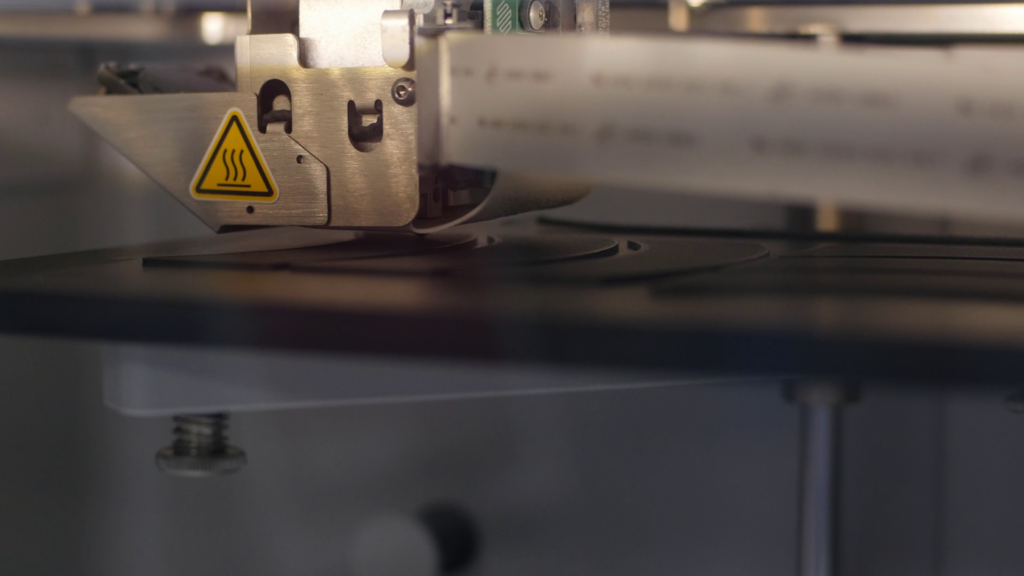3D PRINTING

General 3D Printing Uses:
3D Printing from 3D Scans:
Rapid Prototyping:
Allows for the quick and cost-effective production of prototypes for product development and testing.
Customization:
Ideal for creating personalized items, from medical implants to consumer products.
Small-Batch Manufacturing:
Useful for producing limited quantities of specialized parts and products.
Complex Geometries:
Enables the manufacturing of intricate and complex designs that are challenging or impossible to create using traditional methods.
Crime-Scene Investigation:
3D scans of crime scenes can be turned into physical models, aiding investigators in analysing and reconstructing events.
Forensics:
3D scans of evidence items and body parts can be printed for detailed analysis, enhancing forensic investigations.
Medical:
3D scans of patient anatomy can be used to create custom medical implants, prosthetics, and surgical guides.
Reverse Engineering:
3D scans of existing objects can serve as a foundation for reproducing or improving upon them.
Art Preservation and Restoration:
3D scans of artworks and artifacts can be used for precision replication and restoration.
Materials Used in 3D Printing:
Plastics:
Common 3D printing materials include PLA (Polylactic Acid), ABS (Acrylonitrile Butadiene Styrene), and PETG (Polyethylene Terephthalate Glycol).
Metals:
Materials like stainless steel, titanium, and aluminum are used for high-strength and metal parts.
Ceramics:
Suitable for creating intricate pottery and ceramic objects.
Composites:
Carbon fiber-infused materials provide high strength and are used in aerospace and automotive applications.
Resins:
Used in stereolithography (SLA) and digital light processing (DLP) printers for high-detail models and medical devices.
Biodegradable:
PLA is an eco-friendly material derived from renewable resources and is commonly used for sustainable 3D printing.
Carbon fiber:
Carbon fiber 3D printing is a notable advancement in additive manufacturing, combining carbon fibers with polymer resins. It results in incredibly strong and lightweight parts suitable for various applications, including aerospace, automotive, and sports equipment.
In summary, 3D printing, especially when integrated with 3D scans, offers a wide range of practical applications across industries. Its versatility, customization capabilities, and growing material options make it a transformative technology with the potential to reshape how products are designed, manufactured, and even preserved or restored in the fields of crime investigation, medicine, reverse engineering, and art conservation.